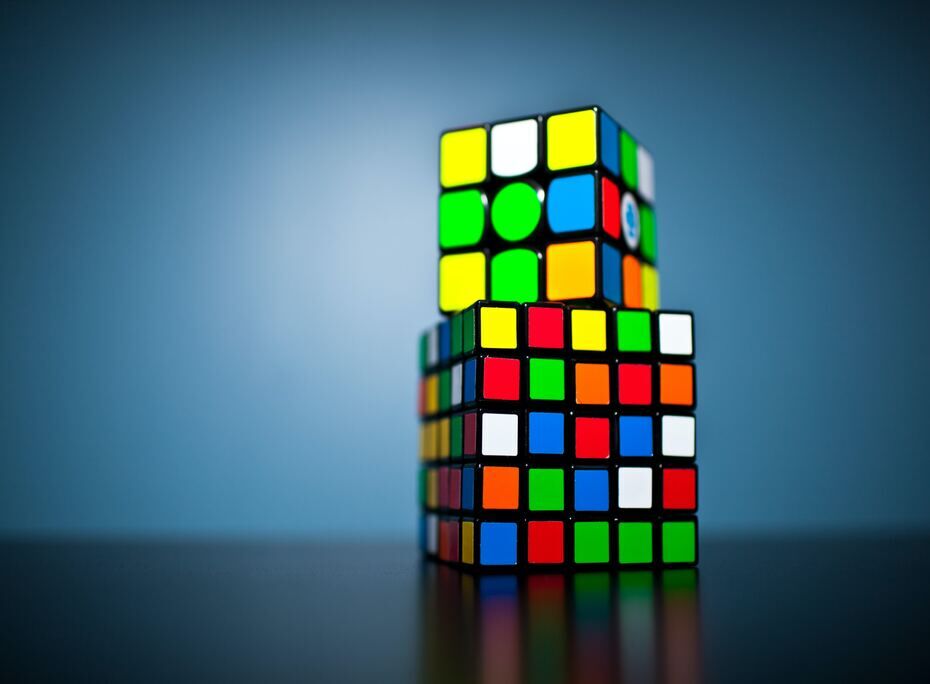Geometry, the study of shapes and their properties, has fascinated mathematicians and enthusiasts for centuries. Among the various geometric forms, the cube stands out as one of the most iconic and fundamental three-dimensional shapes. In our exploration of cubes, we often encounter the intriguing question of how many vertices does a cube have. In this comprehensive blog, we will delve into the fascinating world of cubes and take a detailed look at the number of vertices they contain.
Understanding the Cube:
A cube is a three-dimensional geometric figure classified as a type of polyhedron known as a prism. What distinguishes a cube is its unique combination of attributes:
Faces:
A cube has six identical square faces, all of which are congruent. These faces are positioned in such a way that they are mutually perpendicular, forming right angles at their edges.
Edges:
The cube boasts twelve equal edges, with each edge connecting two vertices and forming a segment that lies along the perimeter of the square faces.
Vertices:
These are the key points of interest in our exploration. Vertices are where the edges intersect, creating corners or points. In other words, a vertex is where three edges meet at a 90-degree angle.
How Many Vertices Does a Cube Have?
Now, let’s answer the central question: How many vertices does a cube have?
Each Corner Is a Vertex:
In a cube, each of the eight corners represents a vertex. These corners are distinctive points where three edges come together, creating a vertex that defines the shape and structure of the cube.
Unique Characteristics:
It’s essential to note that while all faces and edges of the cube are identical, the vertices are unique. Each vertex has its own set of adjoining edges and faces, giving it distinct geometric properties.
Visualizing the Vertices:
To visualize the vertices of a cube, think of a classic six-sided dice. The eight dots on the dice represent the eight vertices of a cube. Each dot corresponds to a corner of the cube.
In conclusion, a cube comprises a total of eight vertices. These vertices are pivotal in describing the cube’s form and play a vital role in various mathematical and geometric calculations, transformations, and practical applications.
Practical Applications:
Cubes are not solely mathematical abstractions; they have extensive real-world applications across various fields:
Architecture:
Architects often incorporate cubic shapes into their designs, creating modern and minimalist structures that emphasize geometric simplicity.
Engineering:
Engineers use cubes to construct precise 3D models and prototypes. Cubes are essential in civil engineering for designing buildings and structures.
Puzzles and Games:
The famous Rubik’s Cube is a prime example of how cubes can be used to challenge problem-solving skills and entertain.
Computer Graphics:
In computer graphics and 3D modeling, vertices are pivotal in defining the shape and structure of objects, making cubes a fundamental element.
Conclusion:
The cube, with its eight vertices, serves as a cornerstone of geometric knowledge. Whether you’re a mathematics enthusiast, an architect, an engineer, or a designer, understanding the properties of a cube and its vertices is essential. It is not merely a mathematical concept but a fundamental building block for more complex structures and designs, demonstrating the enduring significance of geometry in our world.

